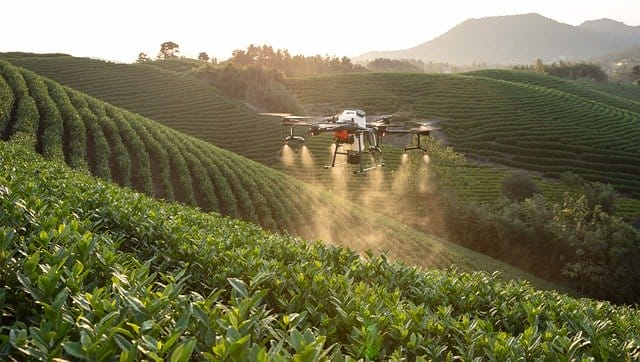The next-generation mRNA vaccines developed by BioNTech-Pfizer, and, the colloquially called Moderna vaccine scream innovation. mRNA vaccines are a clever way of tricking the body into producing antibodies against SARS-CoV-2, without actually introducing the whole viral particle, but just a strand of its genetic material (RNA). Once inside the host cells, these mRNA strands are translated into oligopeptide strands, which resemble the spike protein of SARS-CoV-2 virus. Antibodies are generated by the body and the spike proteins are destroyed, creating antibody-mediated immunity in the vaccinated person.
What many of us do not realize is that these mRNA vaccines are also a huge milestone in the field of nanotechnology. For mRNA vaccines to work effectively, the mRNA strands have to be delivered in a proper carrier. Without a proper carrier, cellular uptake of mRNA strands in the vaccine would be negligible and whatever little entered the cell would rapidly undergo enzymatic degradation. This is where we can laud the nanotechnologists who have worked for decades to design biocompatible nanoformulations, for efficient packaging and targeted delivery of genetic material in to the host (human) cells. The new mRNA vaccines are the first successful step towards epitomizing the concept of nano-drug delivery systems. In both Pfizer-BioNTech and Moderna vaccines, the mRNA strands are protected and carefully packed within lipid nanoparticles (LNPs). Details of LNPs used in Pfizer-BioNTech vaccine (BNT162b2) and the Moderna vaccine (mRNA-1273 ) have been publicly disclosed and deemed safe for use by the regulatory and approving bodies.
The advantages of LNP delivery systems are many. First and foremost, LNP encapsulation of mRNA safeguards it from enzymatic attack and enhances cell uptake by up to 1000-fold compared to naked mRNA. Hence, extremely small doses of the order of 30-100 µg of the vaccine is all that is required per person. Additionally, LNPs encapsulating mRNA strands resemble the viral particles itself and behave the way the viral particles behave in the body. This ensures controlled and targeted biodistribution and release of mRNA strands. LNPs are biocompatible and easy to functionalize, if need be, and the list of advantages goes on and on.
BNT162b2 and mRNA-1273 are not the first LNP based drug delivery systems that have been approved for human use. A list of others, used for treatment of cancers and infections can be found here. Furthermore, research is also ongoing to create “SARS-CoV-2 decoys” using iron based Ferritin Nanoparticles (FNP) at Stanford University. Each FNP has several of the SARS-CoV-2 spike proteins attached to its surface. These do not contain mRNA or whole viral particles, but are just bio-compatible nanoparticles with spike proteins sticking out from their surface. Essentially, these can provide a solution to circumvent the logistic and supply chain demands of the mRNA vaccines (such as extremely low temperatures of storage), especially in developing and under-developed countries and tropical countries, struggling at the moment to ensure a cold-chain for vaccine transport and delivery. Furthermore, FNPs are easy to develop and can be tweaked to incorporate different proteins on their surfaces. Arguably, this could be a beacon of hope in combating the rapidly mutating strains of SARS-CoV-2. These vaccines are currently in pre-clinical trial stage.
Needless to say, the current mRNA vaccines are by far much awaited and would be instrumental in ridding the world of an unprecedented health crisis, the Covid-19. The vaccines against SARS-CoV-2 demonstrate an impactful, safe, rapid and reliable global application of not only biotechnology and molecular medicine, but also, of nanotechnology.





